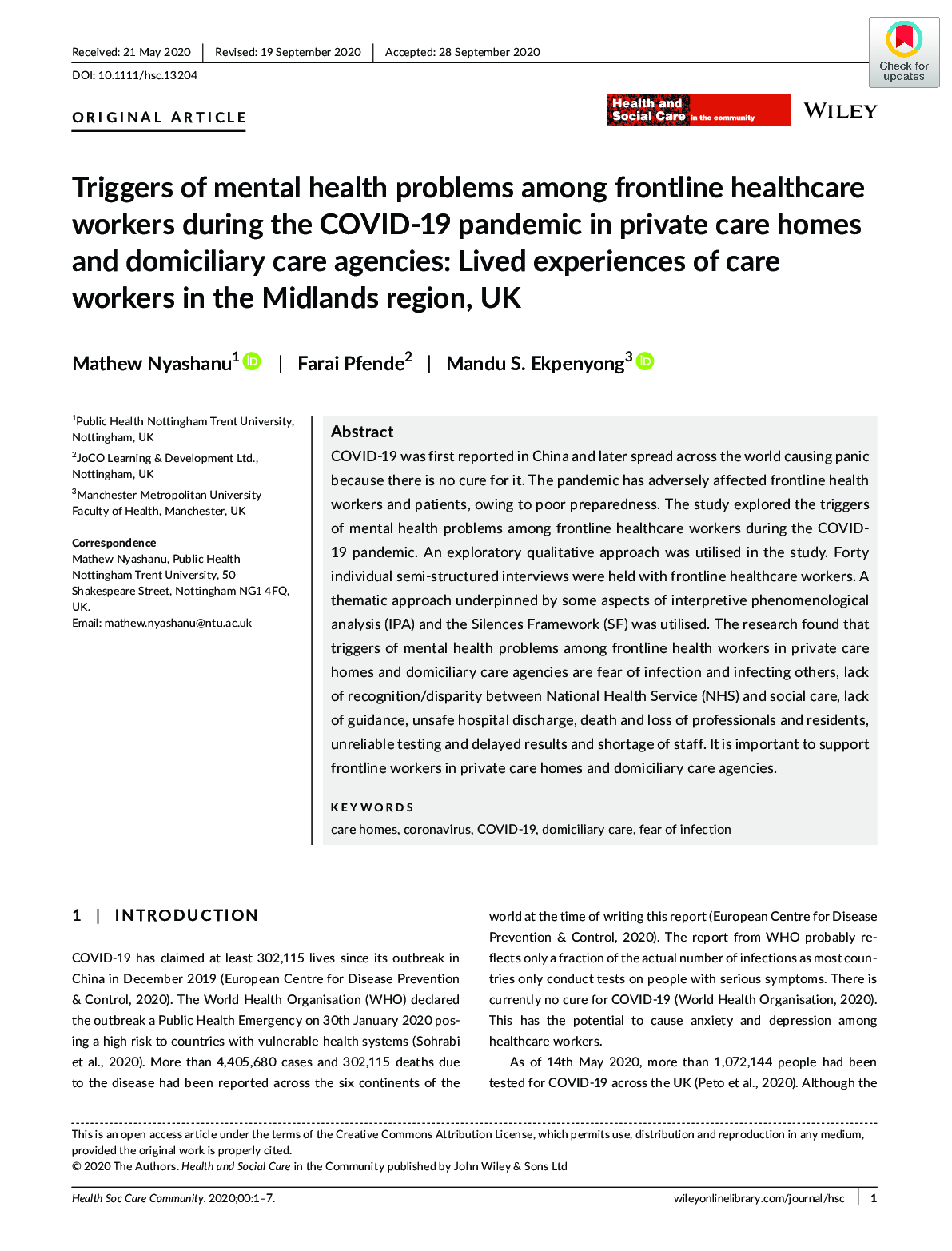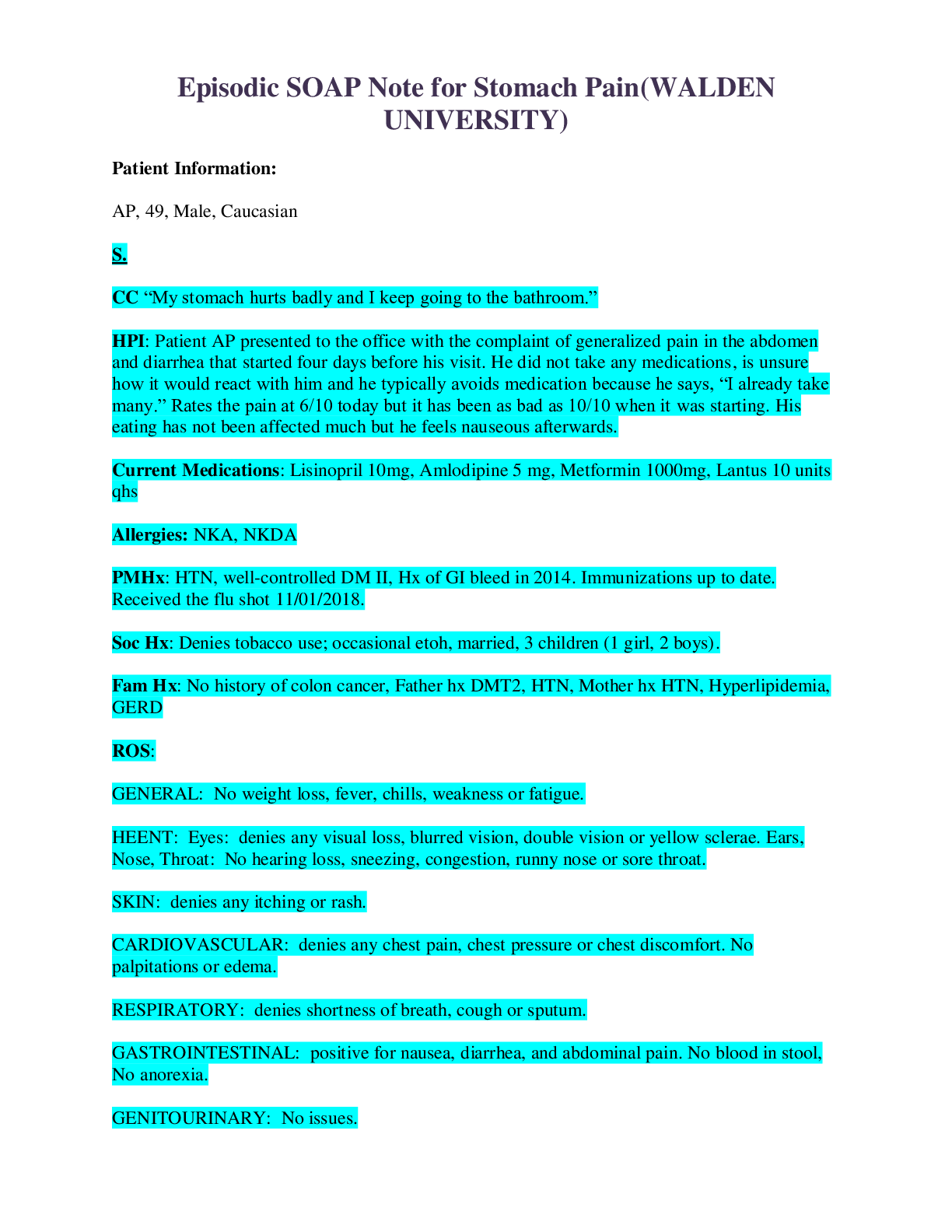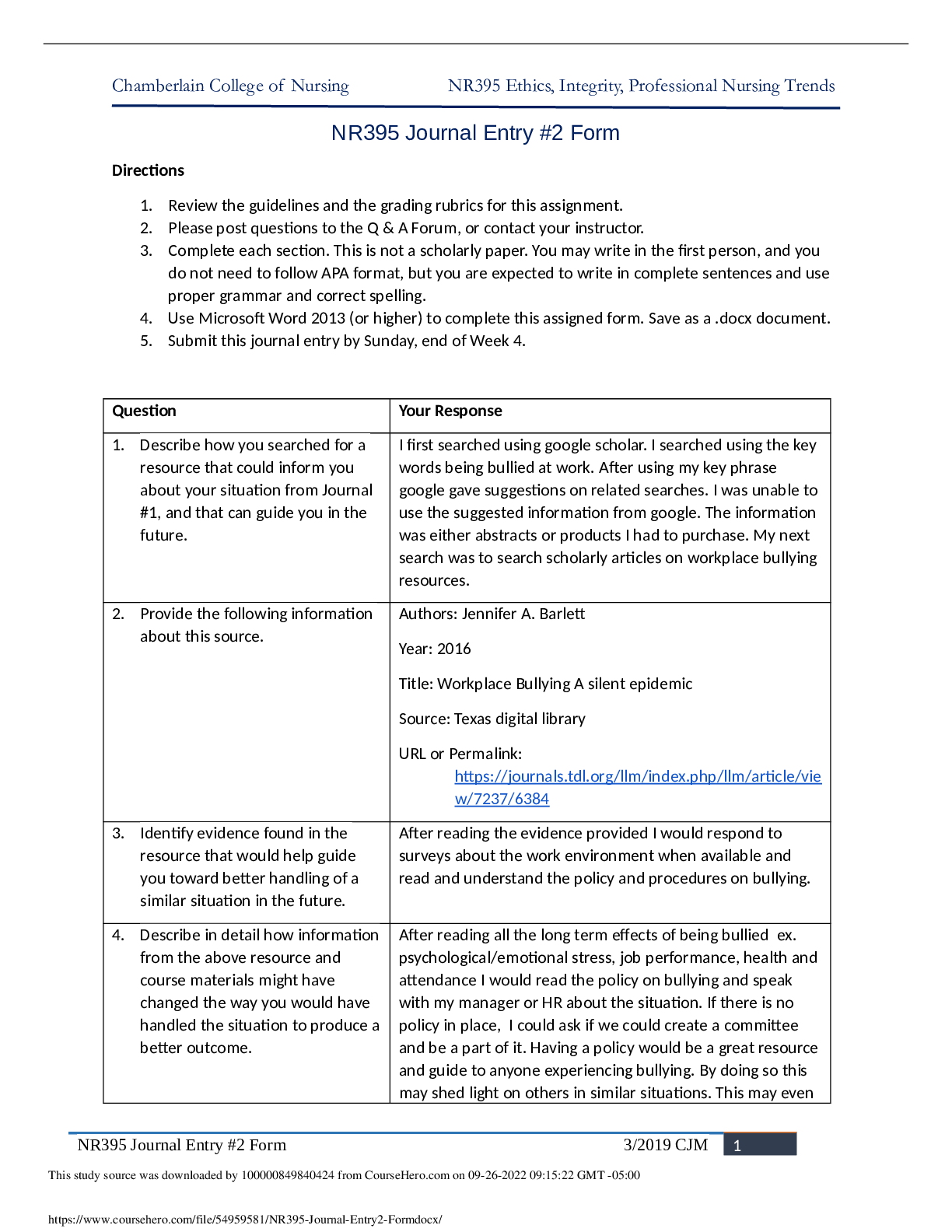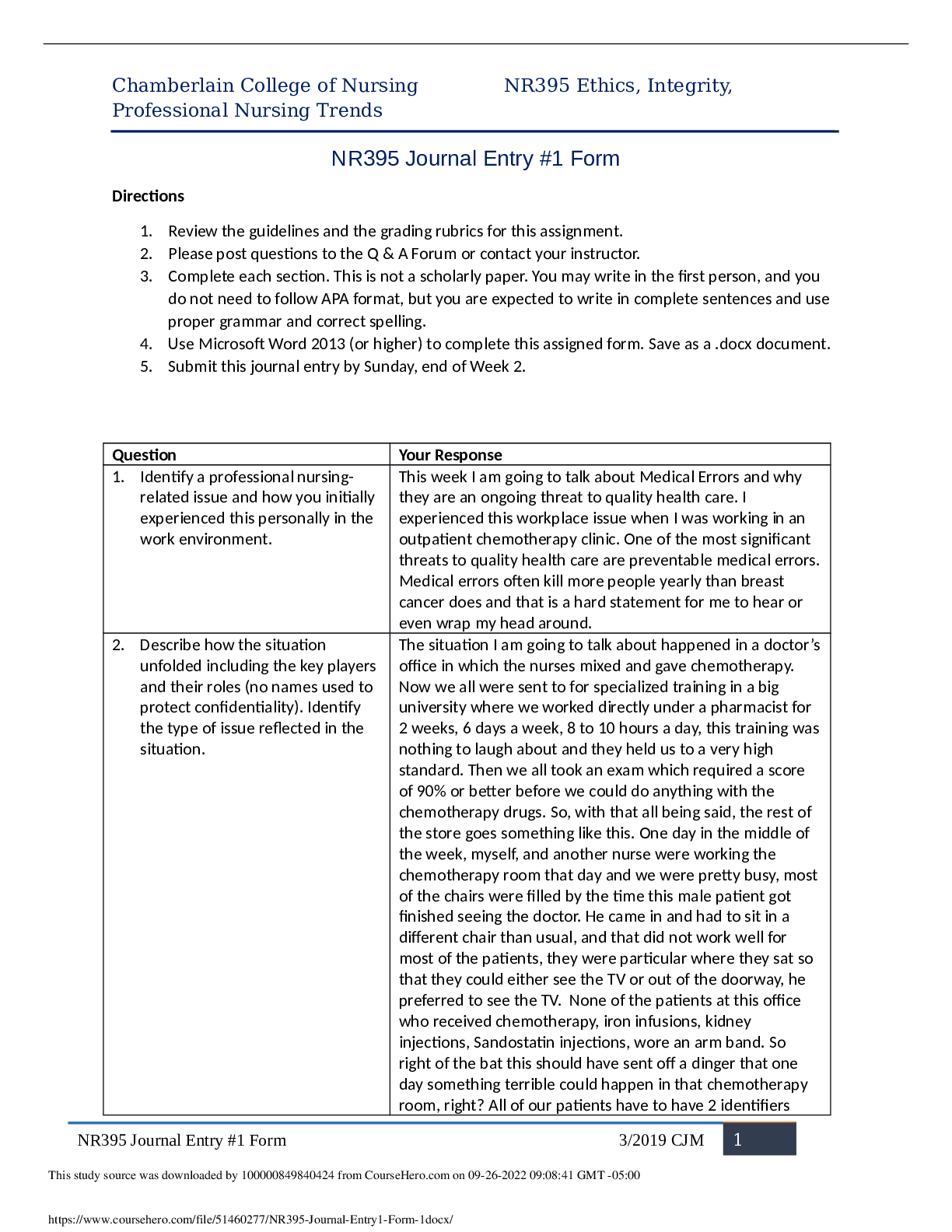NUR 1060 Chapter_008
Document Content and Description Below
MULTIPLE CHOICE 1. When performing a physical assessment, the technique the nurse will always use first is: A) palpation. B) inspection. C) percussion. D) auscultation. 2. The nurse is prepa... ring to perform a physical assessment. Which statement is true about the inspection phase of the physical assessment? A) Inspection usually yields little information. B) Inspection takes time and reveals a surprising amount of information. C) Inspection may be somewhat uncomfortable for the expert practitioner. D) Inspection requires a quick glance at the patient’s body systems before proceeding on with palpation. 3. The nurse is assessing a patient’s skin during an office visit. What is the best technique to use to best assess the patient’s skin temperature? Use the: A) fingertips because they’re more sensitive to small changes in temperature. B) dorsal surface of the hand because the skin is thinner than on the palms. C) ulnar portion of the hand because there is increased blood supply that enhances temperature sensitivity. D) palmar surface of the hand because it is most sensitive to temperature variations because of increased nerve supply in this area. 4. Which of these techniques uses the sense of touch to assess texture, temperature, moisture, and swelling when the nurse is assessing a patient? A) Palpation B) Inspection C) Percussion D) Auscultation 5. The nurse is preparing to assess a patient’s abdomen by palpation. How should the nurse proceed? A) Avoid palpation of reported “tender” areas because this may cause the patient pain. B) Quickly palpate a tender area to avoid any discomfort that the patient may experience. C) Begin the assessment with deep palpation, encouraging the patient to relax and take deep breaths. D) Start with light palpation to detect surface characteristics and to accustom the patient to being touched. 6. The nurse would use bimanual palpation technique in which situation? A) Palpating the thorax of an infant B) Palpating the kidneys and uterus C) Assessing pulsations and vibrations D) Assessing the presence of tenderness and pain ANS: B Bimanual palpation requires the use of both hands to envelop or capture certain body parts or organs such as the kidneys, uterus, or adnexa. The other situations are not appropriate for bimanual palpation. ..........................................CONTINUED................................... [Show More]
Last updated: 1 year ago
Preview 1 out of 19 pages
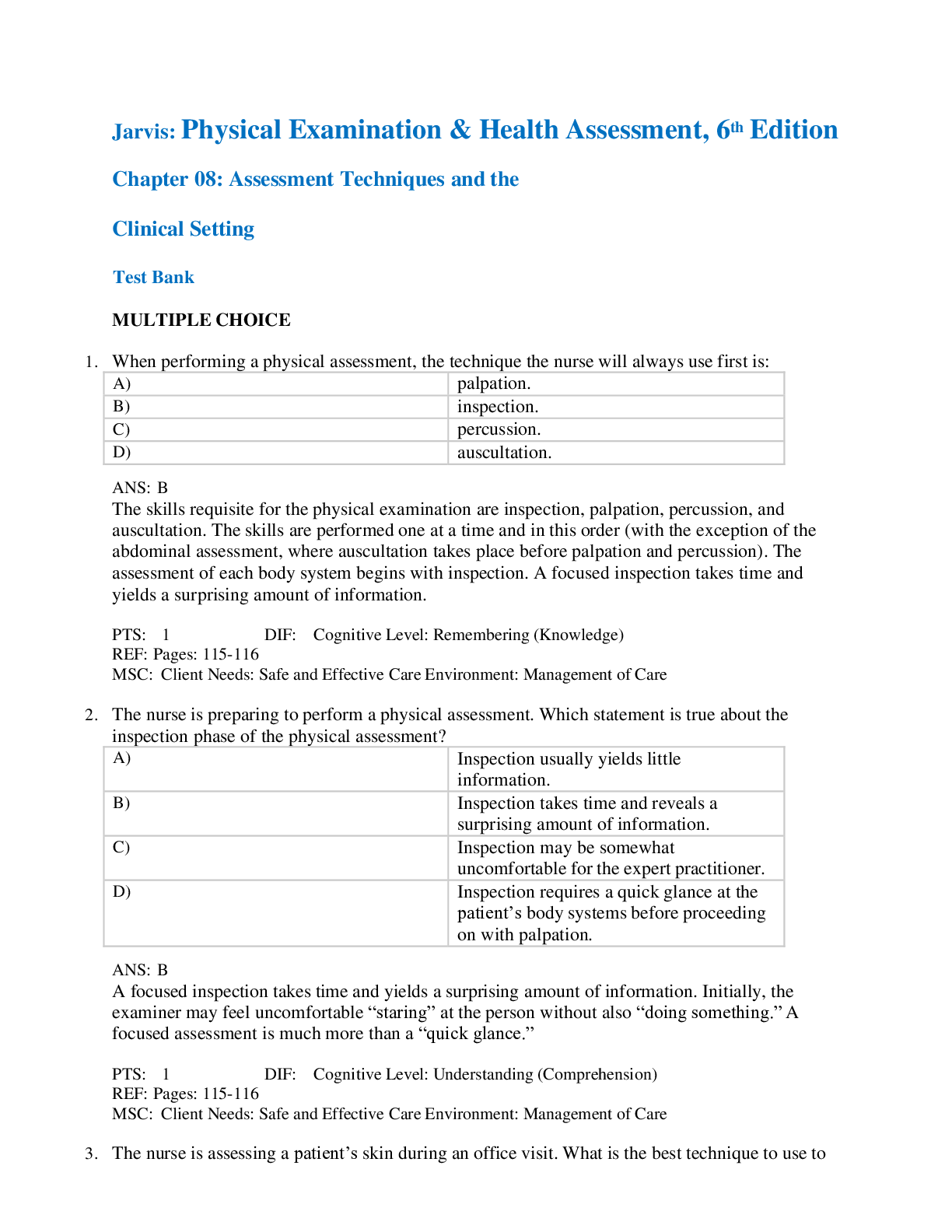
Reviews( 0 )
Document information
Connected school, study & course
About the document
Uploaded On
May 12, 2021
Number of pages
19
Written in
Additional information
This document has been written for:
Uploaded
May 12, 2021
Downloads
0
Views
43

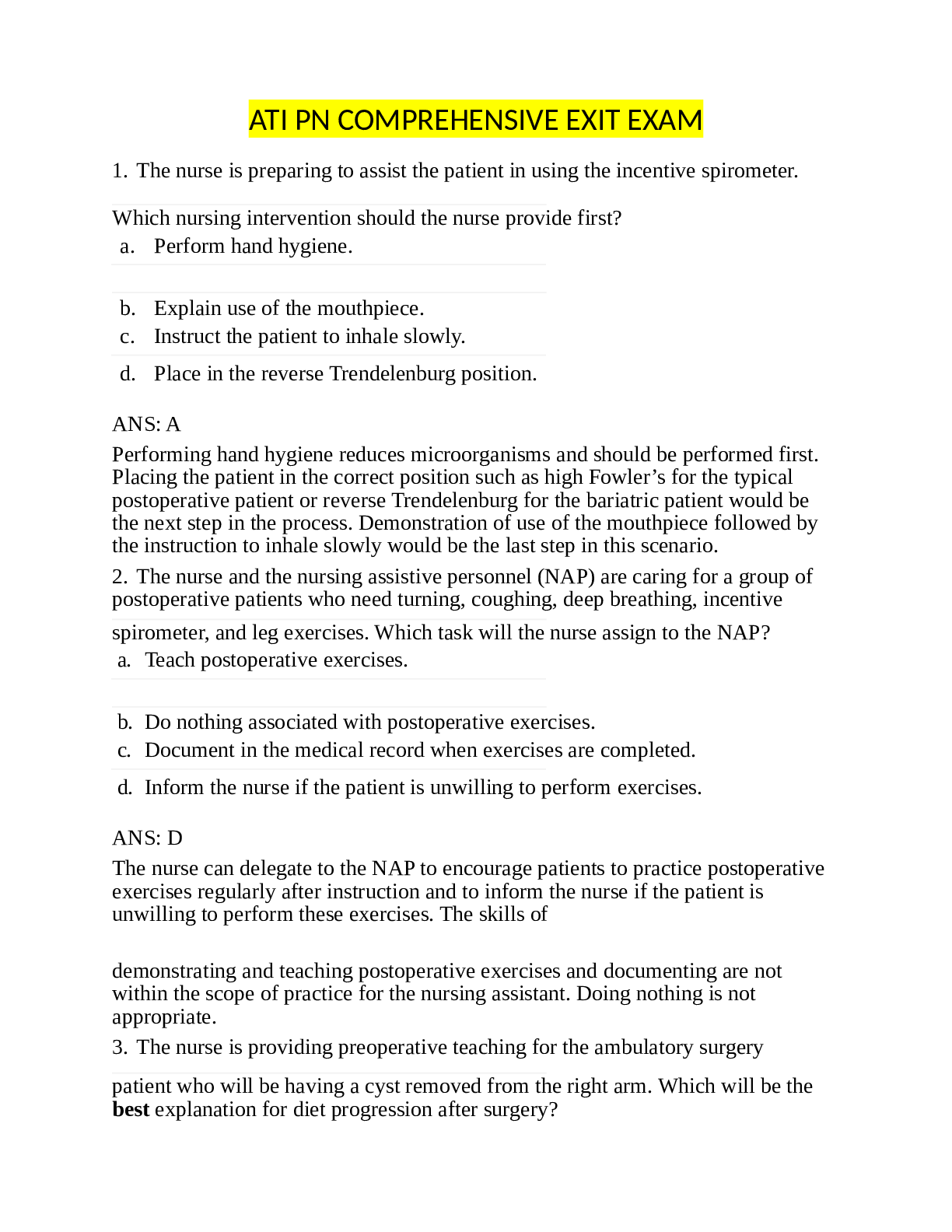




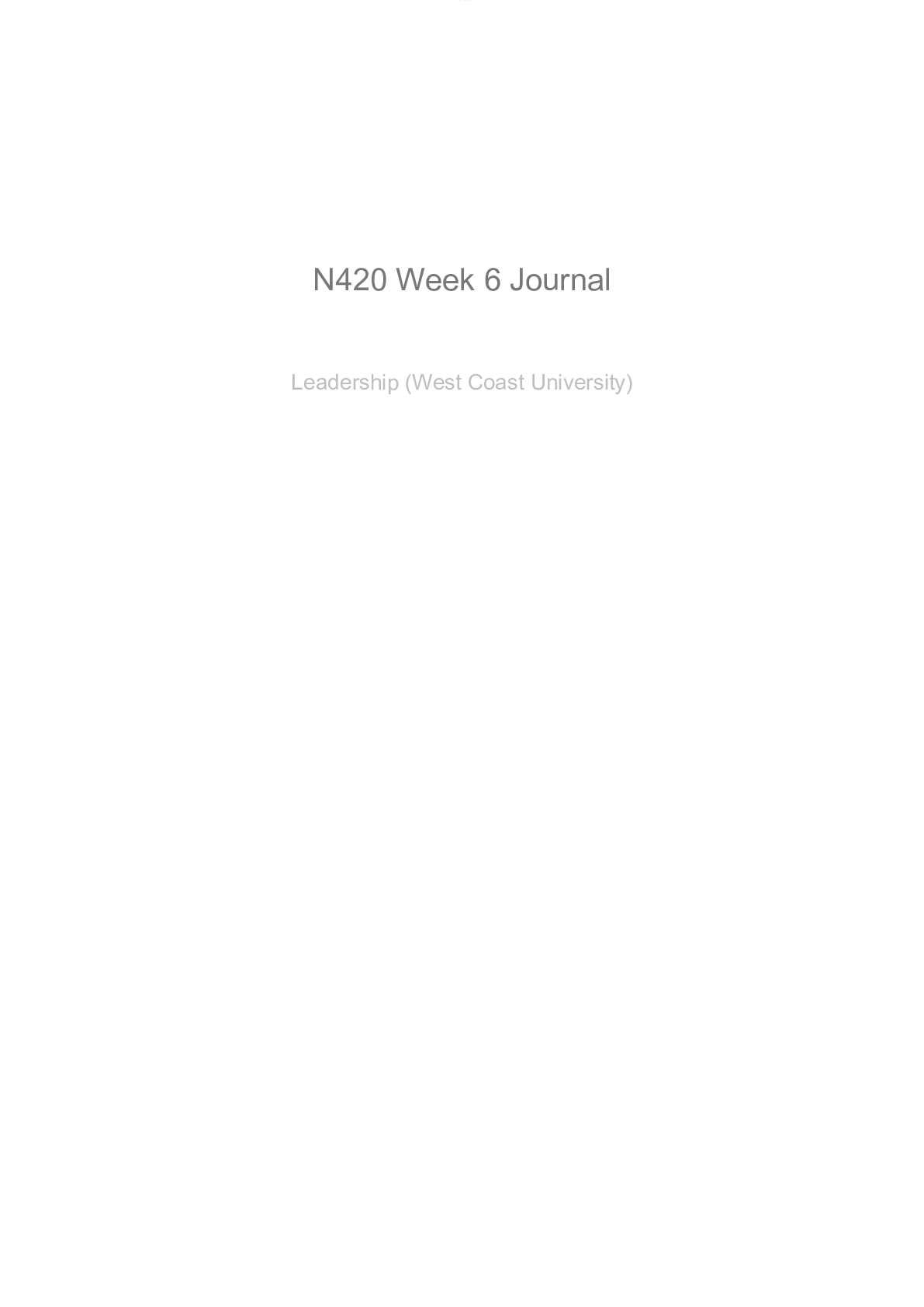
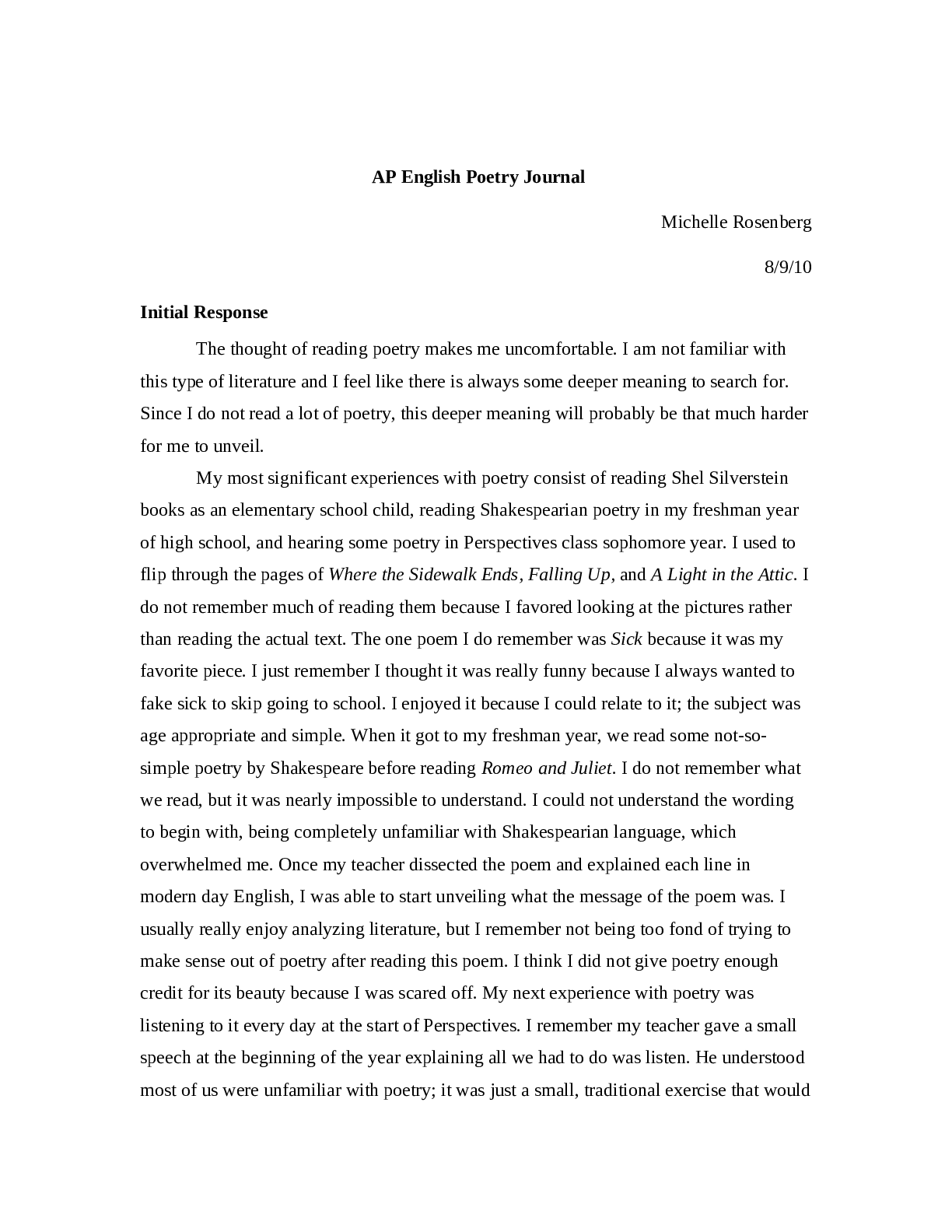
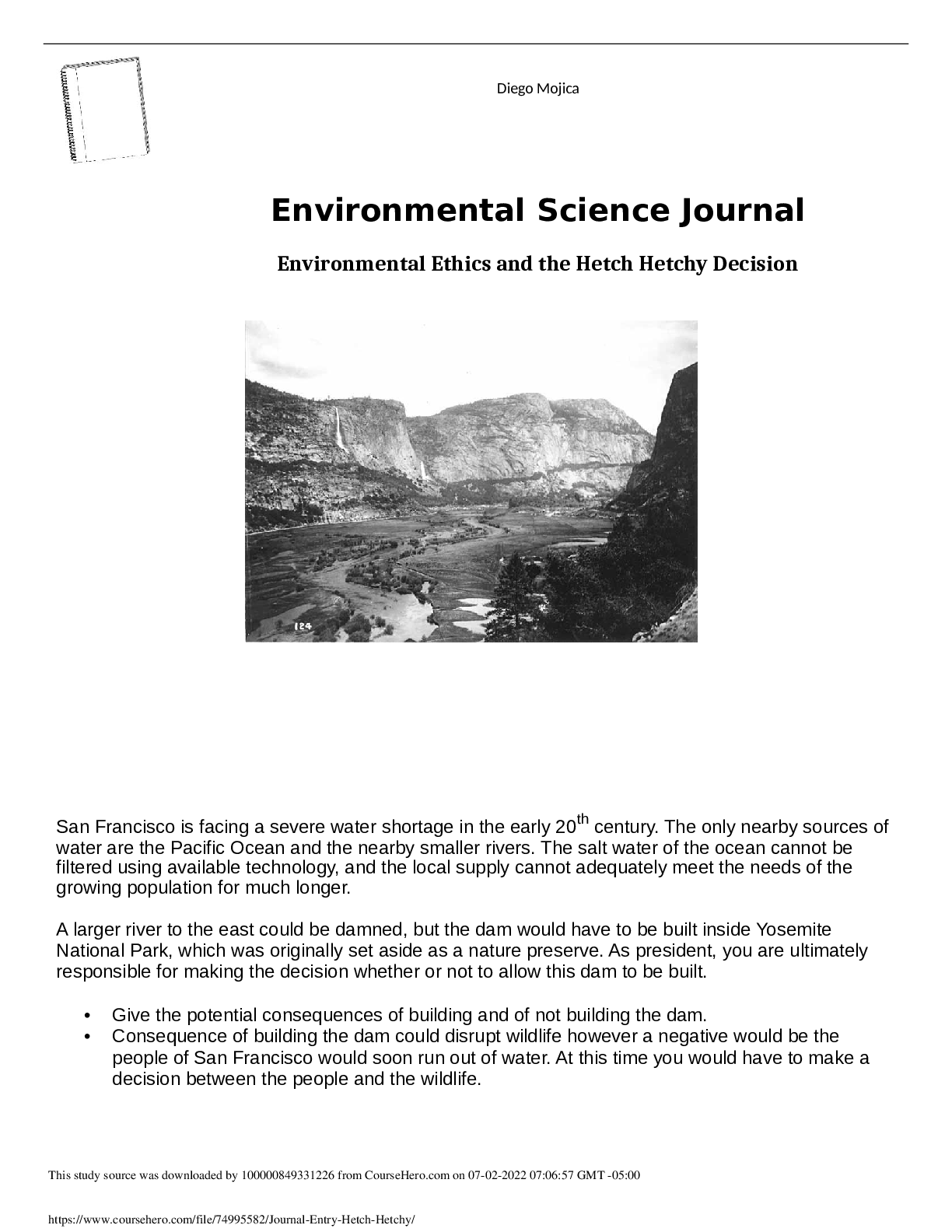

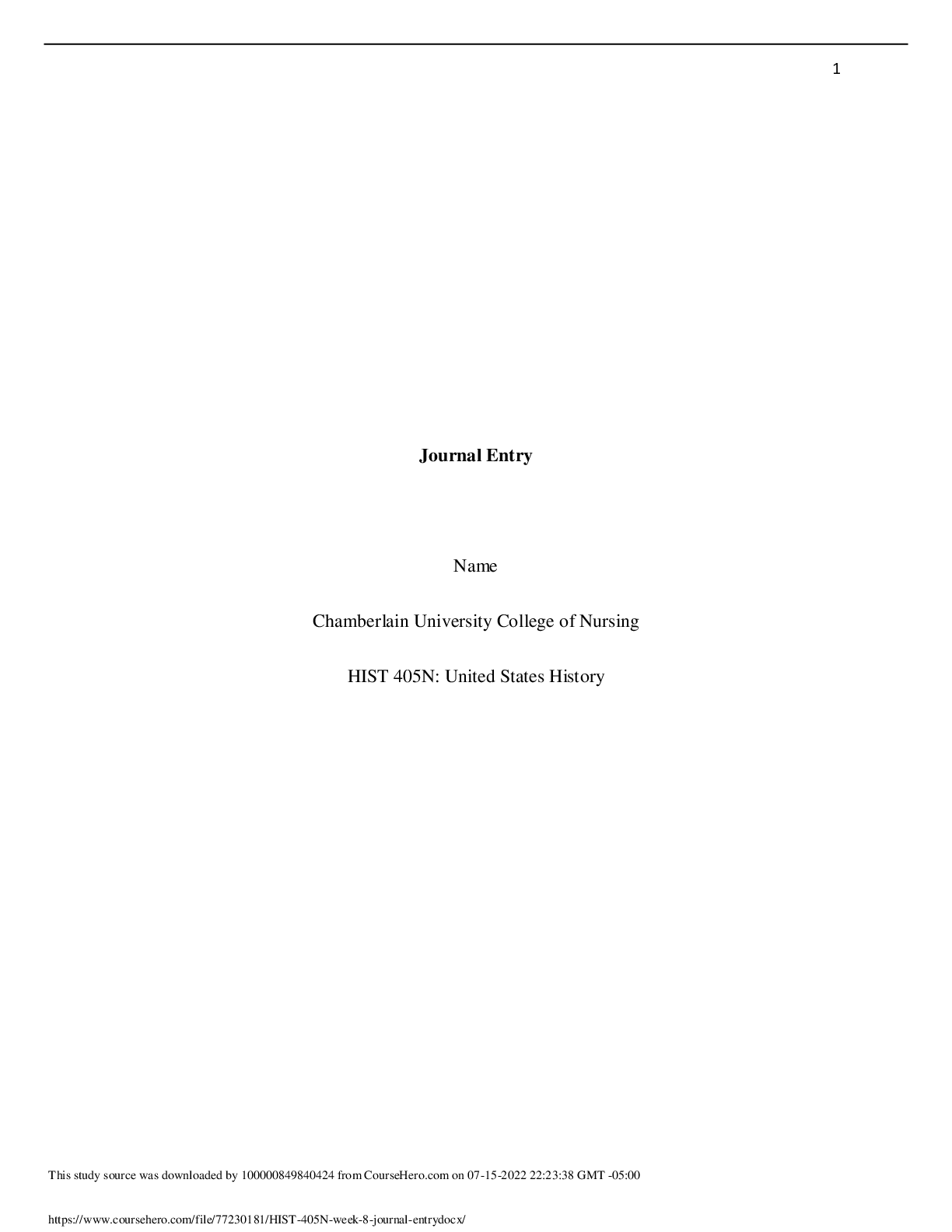
.png)
